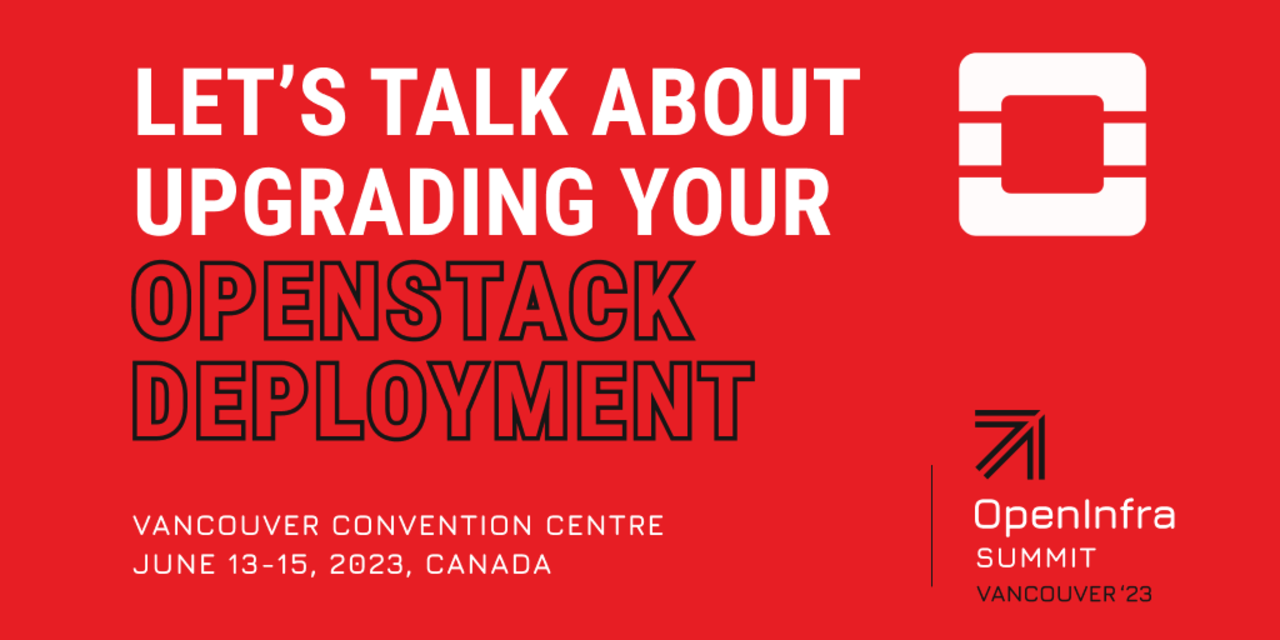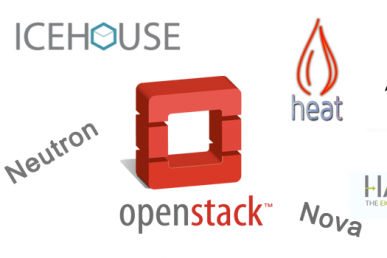Digitalization and connectivity are the main driving forces in technology evolution, and with that, also enable humanity to be increasingly dependent on current infrastructure and services. In the modern, connected world, infrastructure spreads beyond large data centers. This trend puts high demands and expectations on both hardware and software components. Deployments are often geographically distributed and grow to a large scale. For instance, imagine a smart city use case with hundreds or thousands of sensors, like surveillance cameras, and compute resources everywhere around a large city. And have the sites in one city connected to another one, and another one all over the country.
Use cases, such as smart cities, often consist of multiple large-scale deployments, which can be based on different hardware and software solutions and be connected through federation and other methods. In these heterogeneous systems, it becomes challenging to collect and handle data coming from various sources. This article introduces the FIWARE platform’s NGSI-LD and Smart Data Models, which are powerful tools for managing and sharing digital twin data in a standardized and efficient manner. These solutions can be integrated with platforms such as StarlingX, and be particularly useful for platform system monitoring and allowing such data to form part of a big data strategy with real-time notification and automation processes.
NGSI-LD is a JSON-LD-based standard API for representing context information in the form of values associated with attributes of entities (also referred to as digital twins) that work as digital representations of entities in the real world (a host server, a virtual server, a cluster of servers, an edge device, a street, a bus, a citizen, a claim ticket). Smart Data Models, on the other hand, are pre-defined data models describing the attributes of commonly adopted digital twin classes that cover a range of domains and use cases. By using NGSI-LD and Smart Data Models, organizations can ensure that their platform monitoring data is consistent, interoperable and easily consumable by downstream applications. Here are a few ways that NGSI-LD and Smart Data Models can help with sharing and handling StarlingX platform and system monitoring data:
- Simplified data integration: NGSI-LD provides a standardized way to integrate data from various sources, including platform performance metrics and resource utilization data. By using NGSI-LD, organizations can reduce the time and effort required to integrate and harmonize this data, allowing them to more quickly gain insights and take action.
- Flexible data querying: NGSI-LD supports a range of querying options, including temporal and spatial queries, which can be useful for analyzing platform monitoring data. By using NGSI-LD, organizations can query and filter data based on various parameters, allowing them to gain a deeper understanding of system performance and usage patterns.
- Real-time monitoring and alerting: NGSI-LD supports real-time data processing and event handling, which can be useful for monitoring platform deployments in real-time. By using NGSI-LD, organizations can set up rules and triggers to detect anomalous behavior, trigger alerts, and automate corrective actions.
- Improved interoperability: By using Smart Data Models, organizations can ensure that their platform monitoring data is easily interoperable with other systems and applications. Smart Data Models cover a range of domains, including energy, transportation, and smart cities, among others, which can facilitate data sharing and collaboration across different industries and use cases.
In addition to these benefits, NGSI-LD and Smart Data Models can help organizations optimize their platform deployments in other ways. For example, NGSI-LD can be used to integrate data from IoT devices and sensors, providing a more comprehensive view of system performance and usage. Smart Data Models can also be used to develop predictive models and algorithms for optimizing resource allocation and workload management.
Overall, the FIWARE platform’s NGSI-LD and Smart Data Models offer a powerful set of tools for platform system monitoring. By providing a standardized data model, organizations can reduce the complexity and effort required to manage and analyze monitoring data coming from various systems and gain insights more quickly and effectively. Whether you are a cloud service provider, enterprise, or research institution, leveraging NGSI-LD and Smart Data Models can help you optimize your platform deployment and ensure optimal performance and availability.
One of the easiest ways to get started with NGSI-LD is to use the NGSI Library for Javascript or directly implement your application using the REST API, which the FIWARE documentation has a tutorial for. Further resources include a YouTube tutorial on using NGSI-LD or another video on advanced NGSI-LD programming. You can also implement your system monitoring smart data model.
It is a community-driven set of models, where you can provide input for the data model to be extended. We look forward to seeing what you implement with it!
Stay tuned for the next article to learn more about the context broker component and how FIWARE and OpenInfra communities and software components work together.

)










